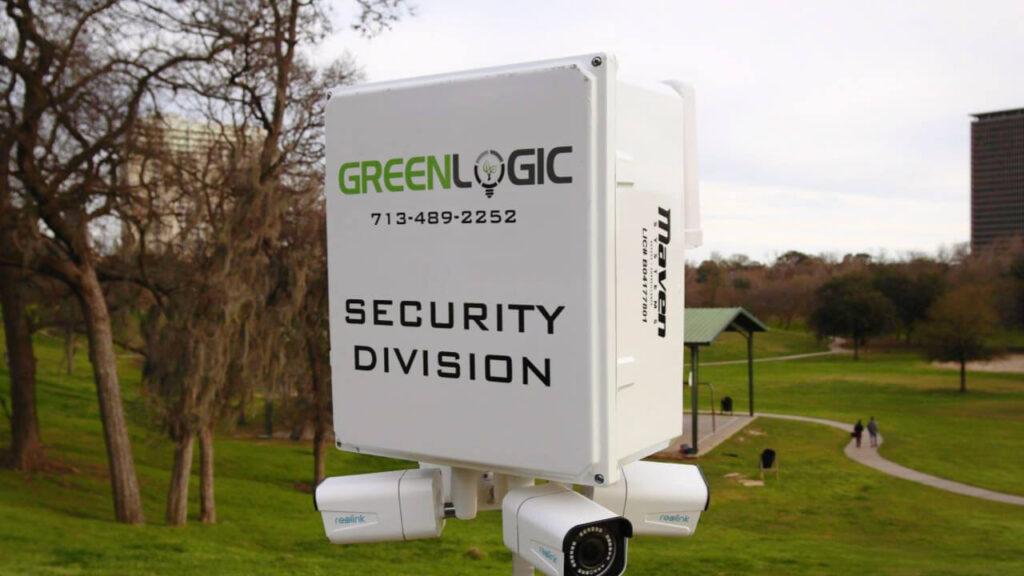

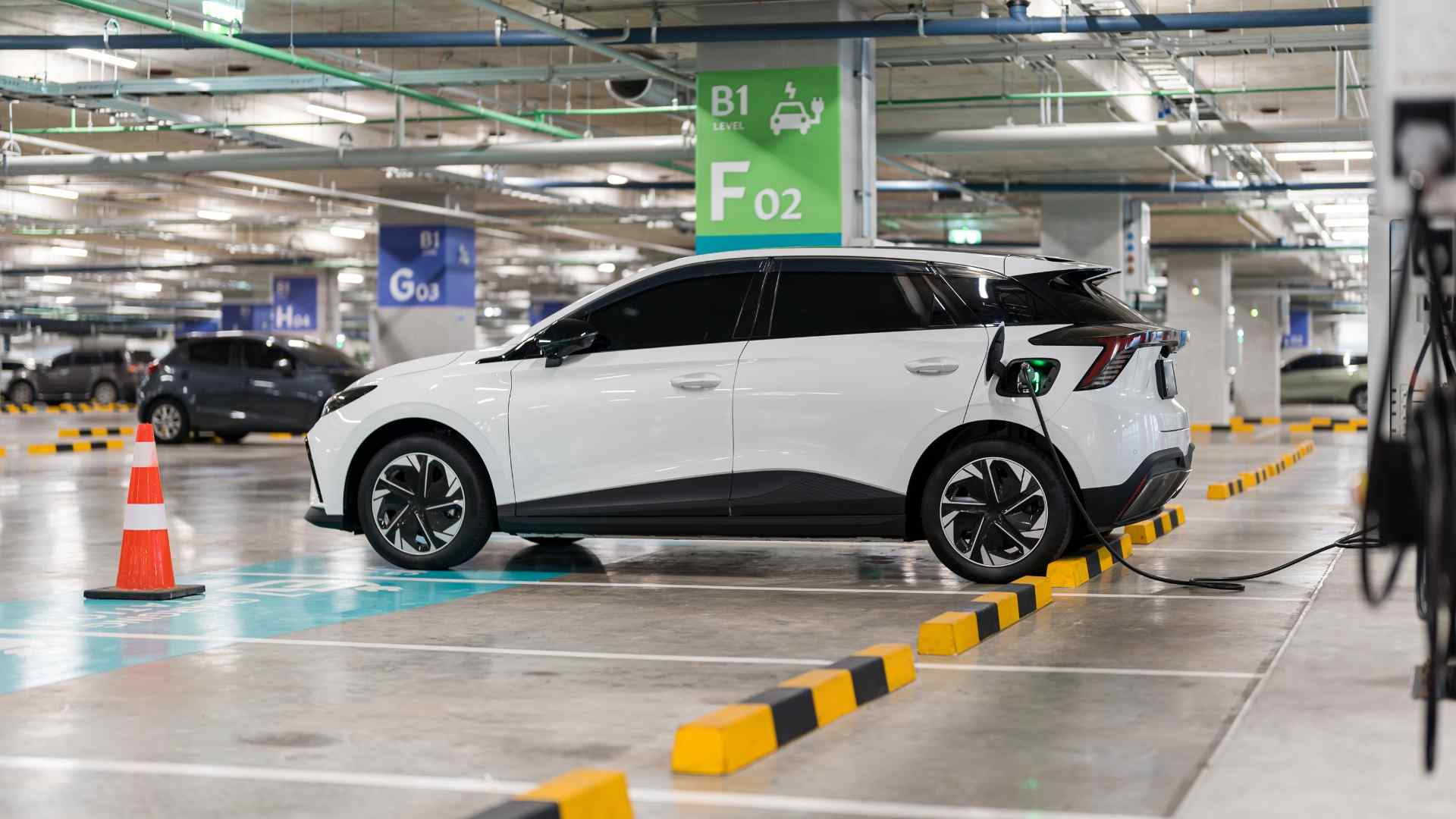
EV Charging Station Business: Costs, Purchase, & Profit Margins [GUIDE]

Greenlogic at the 2023 Dayrise Leadership Conference and Paragon Awards

Greenlogic at the HAA Dinerstein Golf Tournament 2023
Table of Contents
The importance of security is crucial in today’s environment. The technology we use to address risks evolves and becomes more complicated as threats develop. Security cameras stand out as a critical component in any effective security system among these technological breakthroughs.
The correct security camera may make all the difference whether it comes to securing your house or a global organization. This guide will go through the many types of security cameras, their features, benefits, use cases, and how to select the best one for your business needs.
Decoding Security Cameras: The Fundamentals
Security cameras, often referred to as surveillance cameras, are devices that capture video footage to monitor activities in a specific area. They serve as an extra set of eyes, providing valuable evidence in the event of incidents and acting as a deterrent to potential wrongdoers.
There are various types of security cameras available on the market, each with its unique features and benefits. These can range from traditional analog cameras to advanced IP cameras, from fixed-position cameras to those with pan-tilt-zoom (PTZ) capabilities, and from indoor models to those designed for outdoor use.
Each type of security camera meets specific needs. For example, dome cameras are often used in retail environments for their discreet appearance, while bullet cameras are typically used in outdoor settings for their robust design and long-range viewing capabilities. PTZ cameras offer the flexibility to pan, tilt, and zoom to cover a larger area and focus on specific details when necessary.
Security cameras also vary in resolution, ranging from standard to high definition and even 4K ultra-high definition. The choice will depend on the detail required in the surveillance footage.
Moreover, many modern security cameras offer night vision, motion detection, and two-way audio. Some come with features like facial recognition and AI-driven analytics.
In addition to the cameras, a complete surveillance system includes other components such as video recorders, monitors, and accessories. The choice of these components will depend on the specific requirements of the surveillance system.
Different Types of Security Cameras
There are a variety of different types of security cameras available on the market. Each type has its unique features, benefits, and use cases. Let’s dive into the details below:

IP Security Cameras
IP security cameras, available in bullet and dome designs, are a cornerstone of modern surveillance systems. They offer features and benefits that make them an excellent choice for a variety of use cases.
Features and Specifications
IP cameras deliver high-resolution footage up to 8MP/4K, providing clean and detailed imagery. This high resolution is achieved thanks to the large image sensors they possess, which capture more light and detail than their analog counterparts. The resolution of an IP camera is often higher than that of analog cameras, with many offering at least a 2.0-Megapixel resolution. This high resolution allows for detailed footage, making faces easily identifiable.
These cameras come with motorized varifocal lenses, which can adjust the field of view and level of zoom to capture more area in high detail. The field of view can vary widely, from narrow angles suitable for corridors and aisles to wide angles perfect for monitoring large open spaces.
IP cameras also offer high frame rates, often around 30 frames per second (fps), ensuring smooth video playback. This is particularly important in high-traffic areas where capturing smooth footage is crucial.
Night vision is another feature of IP cameras. They come equipped with infrared (IR) LEDs that provide illumination in low-light conditions or complete darkness, often up to a range of 100 feet or more.
IP cameras offer H.265+/H.265/H.264 video compression for optimum video quality. This type of video compression allows for high-quality footage while reducing the data storage and bandwidth needed.
Additionally, IP cameras often come with vandal-proof, IP67 and IK10 ratings, ensuring they can withstand challenging environments.
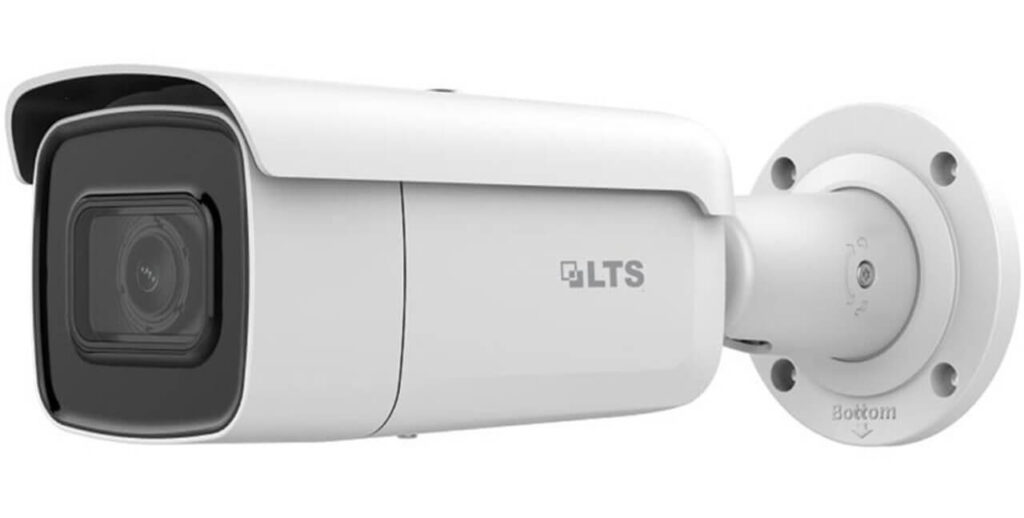
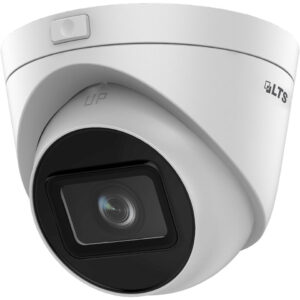
Benefits
The high-resolution footage, wide field of view, high frame rate, and night vision capabilities of IP cameras provide clear and detailed imagery, making them an invaluable asset in larger areas or situations where detailed imagery is required.
Moreover, the network capabilities of IP cameras allow for remote access to the footage. That means you can monitor your premises in real-time, no matter where you are, providing convenience and peace of mind.
Ideal Use Cases
IP cameras are versatile and can be used in a variety of settings. They are ideal for larger areas like shopping malls, parking lots, and office buildings where detailed imagery is required. They are also perfect for situations where remote access to the surveillance system is necessary, such as monitoring multiple locations from a central control room or accessing the footage while on the move.
Why Choose IP Cameras?
Choosing IP cameras for your surveillance system means investing in advanced technology that provides high-quality, detailed footage. Their network capabilities offer the convenience of remote access, while their robust features ensure reliable performance. Whether you need to monitor a large area, capture detailed images, or access your surveillance system remotely, IP cameras are a reliable choice.
Analog Security Cameras
Analog security cameras, a traditional choice in surveillance systems, offer a cost-effective solution for basic surveillance needs. They are available in various designs, including dome, bullet, and box cameras, and are ideal for small to medium-sized areas where high-resolution footage isn’t a priority.
Features and Specifications
Analog security cameras operate by capturing footage and transmitting it through a coaxial cable to a digital video recorder (DVR). The DVR then converts the analog signal to digital, compresses it, and stores it for later viewing or retrieval. The resolution of analog cameras is measured in TVL (television lines), with higher TVL indicating a more defined video image.
One of the significant advantages of analog cameras is their cost. They are significantly cheaper than IP cameras, especially as the camera count increases. They are also easily recognizable and findable due to their wide use, making it easier to find vendors and installers.
With the evolution of technology, high-definition (HD) analog cameras have significantly increased picture quality and resolution. You can now get four and five-megapixel cameras, providing good image quality.
However, compared to an IP camera, analog security cameras may not offer the most optimal quality images. They have lower frame rates, which makes it hard to see images in high detail or those with a lot of motion. The footage may not be as sharp, and it may be grainy or blurry. Also, analog security cameras don’t have the same zooming capabilities that IP security cameras do.
DVR-based technology also requires point-to-point connection and cabling, and more cables—a power cable plus a DVR cable—to fully operate them. Additionally, analog security cameras don’t offer encryption, which means that a hacker could potentially access your information or replace your signal with an outside one.
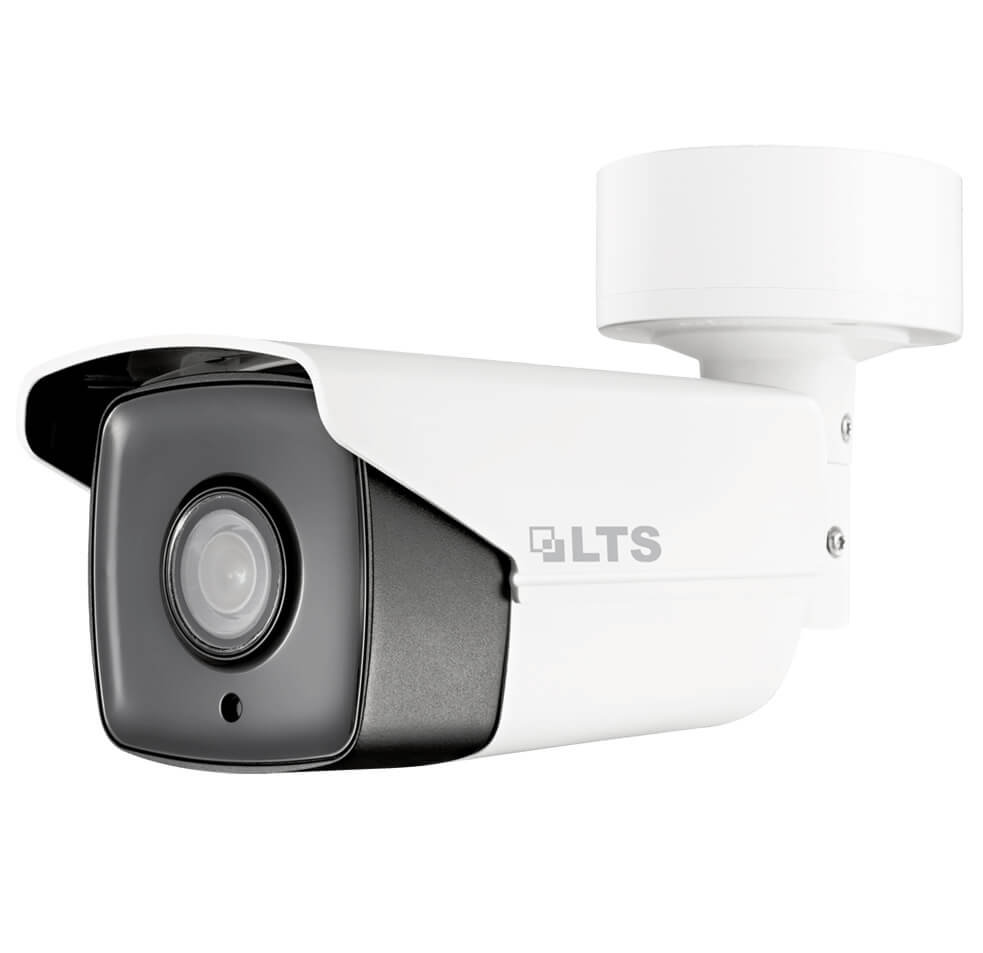
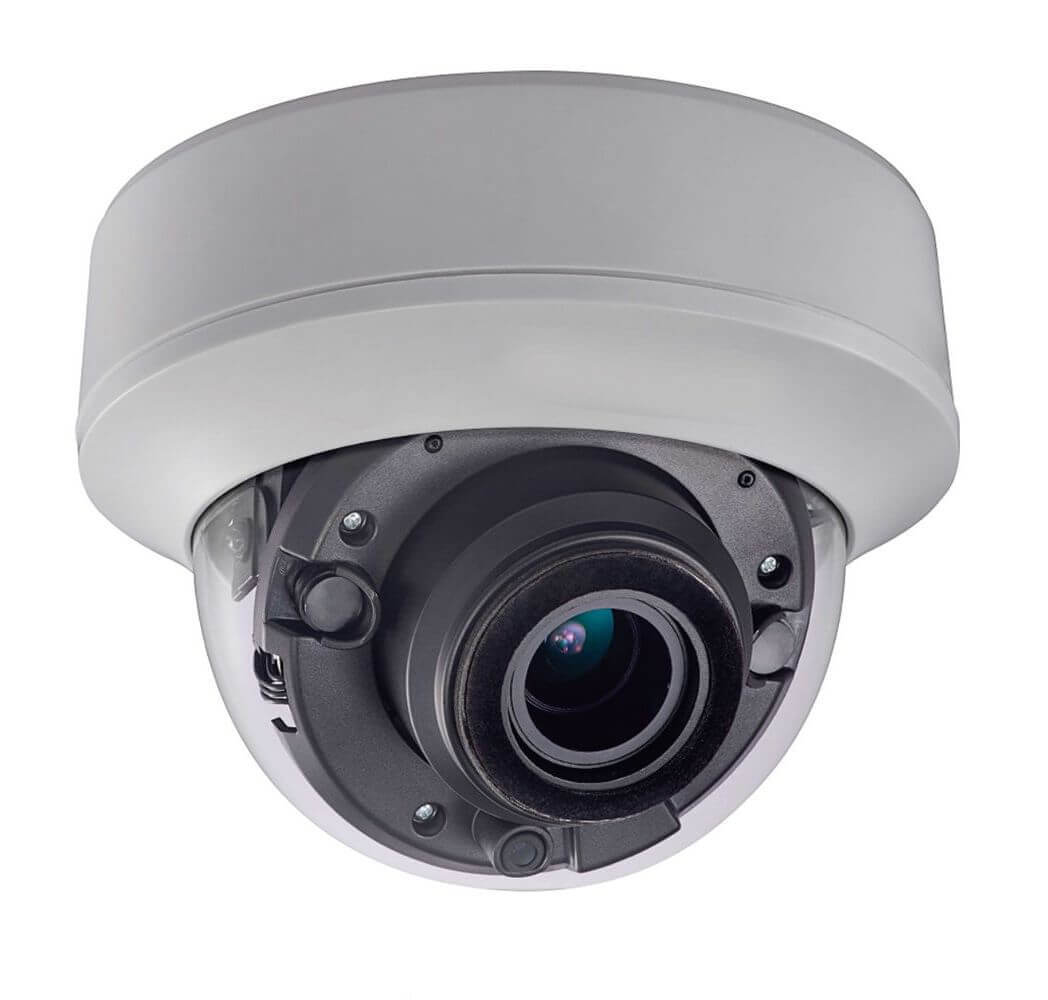
Benefits
The simplicity of analog cameras is a significant benefit. They are easy to run, as are DVRs. Despite their limitations, analog cameras remain a reliable choice for basic surveillance needs, particularly for small to medium-sized areas where high-resolution footage isn’t a priority.
Ideal Use Cases
Analog cameras are ideal for small to medium-sized areas such as small retail stores, offices, and residential homes. They are also a good choice for locations with limited network capacity, as they require less bandwidth compared to IP cameras.
Why Choose Analog Security Cameras?
Choosing analog cameras for your surveillance system means investing in a reliable and cost-effective solution. While they may not offer the high resolution and advanced features of IP cameras, they provide clear images for general surveillance purposes and are less susceptible to latency issues. Whether you need to monitor a small area or operate in a location with limited network capacity, analog cameras are a reliable choice.

License Plate Recognition (LPR) Cameras
License Plate Recognition (LPR) cameras are specialized devices designed to capture and analyze license plate numbers. They are ideal for parking lots, toll booths, and any location where vehicle identification is crucial.
Features and Specifications
LPR cameras are advanced traffic sensors used to capture and digitize images from license plates. They are equipped with special hardware and firmware to ensure high precision and real-time recognition.
These cameras can capture accurate license plate scans in any weather or lighting conditions, even from vehicles traveling at high speeds. This is a significant advantage over standard cameras, which may struggle to provide high-quality video in challenging conditions.
LPR cameras also can detect, recognize, and search for license plates in real-time or archived footage. This enables automated matching against a watchlist, providing real-time alerting for any matches.
At Greenlogic, our LPR cameras are part of our ultra-low light smart series. They offer high-definition image capture and exceptional image clarity, ensuring optimal image quality in diverse lighting scenarios. These network-compatible cameras provide continuous local data storage, enhancing data accessibility.
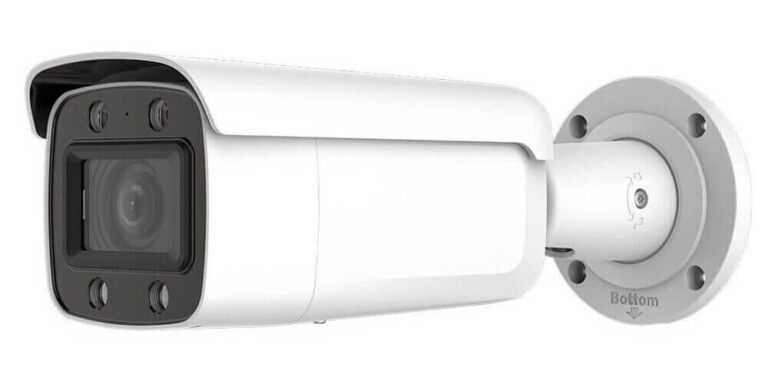
Additional specifications for Licence Plate Recognition (LPR) security cameras include:
- On-board ALPR processing: This ensures performance and scalability, allowing the camera to process license plate recognition data directly on the device.
- Varifocal cameras: These cameras can adjust their lens to capture clear images at various distances, making them versatile for different use cases.
- IP67-rated enclosure: This rating means the camera can operate in extreme weather conditions and harsh environments, making them durable and reliable.
- Built-in Illumination: This feature allows for around-the-clock operation, ensuring that license plates can be captured even in low-light conditions.
- Onboard I/Os: These input/output ports allow for integration with other devices or triggers, such as induction loops or gates.
Benefits
The primary benefit of LPR cameras is their high accuracy. They can capture clear and usable images of license plates in any weather or lighting conditions, and from vehicles traveling at high speeds. This makes them an invaluable tool for locations where vehicle identification is crucial.
Moreover, the real-time recognition and alerting capabilities of LPR cameras provide an added layer of security. They can instantly alert security personnel if a recognized or flagged license plate is detected, allowing for immediate action.
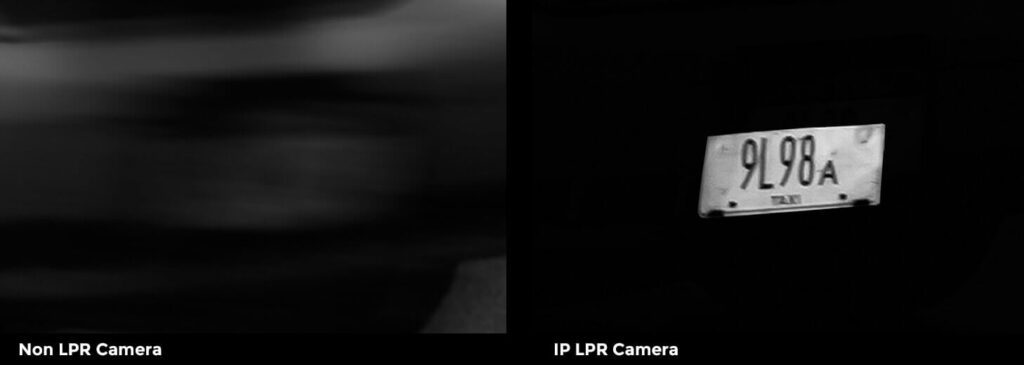
Ideal Use Cases
LPR cameras are perfect for environments like apartment complexes, gated residential communities, parking structures, parking lots, and other entrance and exit points. They are also ideal for toll booths, where quick and accurate vehicle identification is necessary.
Why Choose LPR Cameras?
Choosing LPR cameras for your surveillance system means investing in advanced technology that provides high-accuracy, real-time license plate recognition. Their robust features and high precision make them a reliable choice for any location where vehicle identification is crucial.
At Greenlogic, our LPR cameras are designed with these needs in mind, offering superior surveillance solutions for our customers. Our LPR cameras ensure optimal image quality in diverse lighting scenarios and provide continuous local data storage, enhancing data accessibility.
Accessories and Add-Ons for Different Types of Security Cameras
Certain accessories and add-ons are necessary to ensure optimal performance from your security cameras. These include:
Network Video Recorders (NVRs)
NVRs are essential for IP cameras. They receive footage over the network and store it digitally, allowing for high-quality footage and advanced features like intelligent search.
Digital Video Recorders (DVRs)
DVRs are used with analog CCTV security cameras to convert analog footage into a digital format for storage and playback.

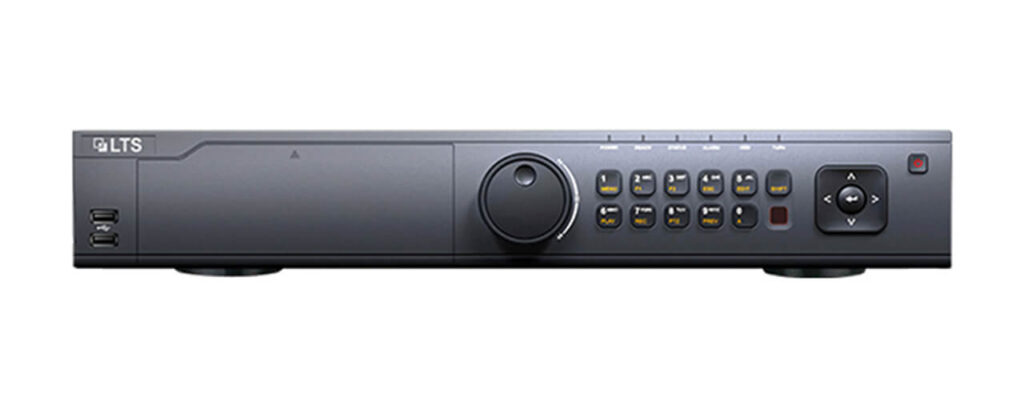
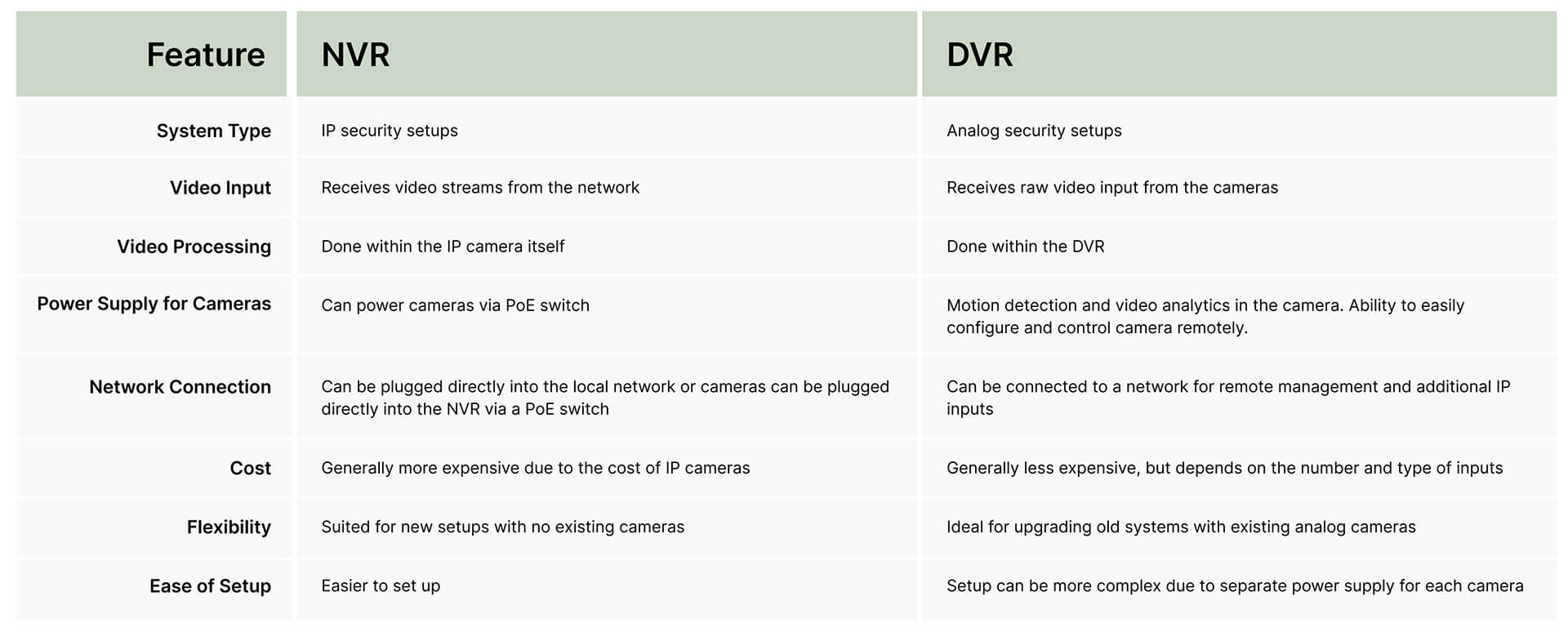
Power Over Ethernet (PoE) Switch
A PoE switch is crucial for IP cameras as it allows for both power and data to be carried over a single Ethernet cable, simplifying the installation process. Most PoE devices require CAT5 cable or higher.
Surveillance Rated Hard Drives
Hard drives are necessary for storing the footage captured by the cameras. The size required will depend on the number of cameras and the desired length of footage retention.
Surveillance HD Monitors
Surveillance HD monitors are used for viewing the footage captured by the cameras. They are essential for security personnel to monitor live feeds and review recorded footage.
By understanding the role of each accessory and add-on, you can ensure a comprehensive and effective security camera setup.
Choosing the Right Type of Security Camera for Your Business Needs
Selecting the right type of security camera is a crucial decision that depends on various factors. It’s not a one-size-fits-all situation, and the camera that best serves your needs will depend on your specific circumstances. Here are some examples of how different factors can influence your choice:
- Location: The location of your business can greatly influence the type of camera you need. For instance, if your business is located in a high-traffic urban area, you might benefit from a high-resolution IP camera that can capture detailed images, helping you identify faces or license plates. On the other hand, if your business is in a more remote location with low light, you might need a camera with strong night vision capabilities, like the ultra-low light smart series cameras.
- Lighting Conditions: The lighting conditions in and around your business also play a significant role. If your business operates mainly during daylight hours and has good natural or artificial light, standard cameras might suffice. However, if your business operates at night or in low-light conditions, you’ll need cameras with strong night vision capabilities.
- Required Resolution: The level of detail you need from your surveillance footage is another important consideration. If you need to capture high-detail images, for instance, in a retail setting where you need to see transactions, high-resolution IP cameras would be a good choice. For areas where detailed imagery is less critical, like monitoring employee break rooms or hallways, an analog security camera might be sufficient.
- Type of Security Camera: Analog security cameras, while less advanced than their IP counterparts, are a reliable and cost-effective solution for basic surveillance needs. They are ideal for small to medium-sized areas where high-resolution footage isn’t a priority. On the other hand, IP cameras offer high-resolution footage and network capabilities, making them perfect for larger areas or when detailed imagery is required.
- Field of View: The field of view of a camera determines how much area it can cover. Wide-angle lenses can cover a larger area, but the quality of the image decreases as the field of view increases. Narrower fields of view provide higher quality images but cover less area. Depending on your surveillance needs, you might choose a camera with a wider or narrower field of view.
- Cost and Technology: While IP cameras are generally more expensive than analog cameras, they offer superior technology and features, such as higher resolution, and network capabilities. However, if cost is a significant factor, analog cameras can still provide reliable surveillance coverage.
Conclusion
Choosing the right type of security cameras is a crucial step in enhancing your security. They are more than just a tool for surveillance; they are a critical component of a comprehensive security solution. From capturing crucial evidence in the event of an incident to acting as a deterrent to potential wrongdoers, the value of a well-chosen security camera cannot be overstated.
FAQ
What is the difference between IP and Analog security cameras?
IP cameras, also known as network cameras, capture and send footage over an IP network. They offer high-resolution footage, remote access, and advanced features. Analog cameras, on the other hand, transmit footage through a coaxial cable to a digital video recorder (DVR). They are a cost-effective solution for basic surveillance needs.
What factors should I consider when choosing a security camera for my business?
Factors to consider include the location of your business, lighting conditions, required resolution, type of camera, field of view, and cost. Your specific needs will determine the best type of camera for your business.
What are the benefits of IP cameras?
IP cameras offer high-resolution footage, high frame rate, and night vision capabilities. They provide clear and detailed imagery, making them an invaluable asset in larger areas or situations where detailed imagery is required.
Why might I choose analog CCTV cameras?
Analog CCTV cameras are a reliable and cost-effective solution for basic surveillance needs. They provide clear images for general surveillance purposes and are less susceptible to latency issues.
What is a License Plate Recognition (LPR) camera?
License Plate Recognition (LPR) cameras are specialized devices designed to capture and analyze license plate numbers. They are ideal for parking lots, toll booths, and any location where vehicle identification is crucial.
What are the features of License Plate Recognition (LPR) cameras?
LPR cameras can capture accurate license plate scans in any weather or lighting conditions, even from vehicles traveling at high speeds. They can detect, recognize, and search for license plates in real-time or archived footage.
What accessories and add-ons are necessary for my security cameras?
Essential accessories and add-ons include Network Video Recorders (NVRs) or Digital Video Recorders (DVRs), Power Over Ethernet (PoE) Switch, Hard Drives, and HD Monitors.
What is the role of a Network Video Recorder (NVR)?
NVRs are essential for IP cameras. They receive footage over the network and store it digitally, allowing for high-quality footage and advanced features like intelligent search.
Remember to always consider your daily driving habits, the specific model of your vehicle, and the recommendations of your vehicle’s manufacturer when deciding on a charging routine or purchasing a charger.
Experience the Greenlogic Difference
In a world where security is paramount, Greenlogic stands out with a diverse range of top-tier security cameras. From reliable analog to cutting-edge IP cameras, and even specialized License Plate Recognition (LPR) cameras, we’ve got you covered.
But we offer more than just products – we deliver an all-in-one security solution, encompassing professional installation, ongoing maintenance, training, and dedicated customer support. We guide you through every step, from initial site assessment to post-installation audit, ensuring your security solution is effective, efficient, and tailored to your business needs.
Ready to elevate your security with state-of-the-art surveillance technology? Explore our range of security cameras or get in touch with us for a complementary, personalized consultation today. Secure your business with Greenlogic – because your peace of mind is our priority.
